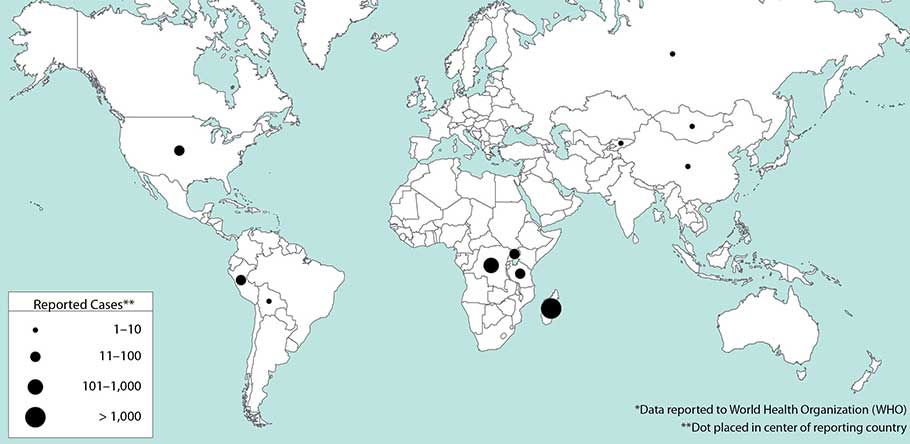According to H.G. Wells, “The shape of things to come”, humankind is going to be hit by a massive bacterial plague. Several minor influenza-like plagues are expected first (the first of which is easily identified as Coronavirus). Followed by a bacterial plague that will cause a major drop in world population.
bioRxiv.doi.org/k2pz
I was thinking this on reading a small article in New Scientist about the identification of bacterial diseases in humans dating as far back as 37,000 years ago. (The method they use is fascinating, using data already extracted from sequencing ancient human genomes, but utilising all the genome stuff that is otherwise thrown away because it is not human.)
The dominant human bacterial disease is Yersinia pestis. Also known as the black death.
Yersinia pestis has been found in humans in various parts of Asia as far back as 5700 years ago, and in Scotland 4800 years ago. Lots of plague cases between 6,000 and 3,000 years ago. Then a gap and more 2,000 to 1,800 years ago. Then another gap and the Medieval “Black Death”.
Then another gap and we get to now. What’s the world situation with Yersinia pestis now?
“On January 15, 2018, researchers at the University of Oslo and the University of Ferrara suggested that humans and their parasites (most likely fleas and lice at the time) were the biggest carriers of the plague.”
Between 1970 and 2020, 496 cases were reported in the United States. In 2008, plague was commonly found in sub-Saharan Africa and Madagascar, areas that accounted for over 95% of the reported cases.
World, 2013 to 2018

USA, 1970 to 2020

The New Scientist article also mentions other significant highly prevalent human DNA-based diseases. The second most common disease is https://en.wikipedia.org/wiki/Borrelia_recurrentis which is spread by pubic lice. Since the 1800s, the pubic louse has been known as its only known vector, though it also infects head lice.
Borrelia recurrentis avoids the human immune system and is commonly recently found in Ethiopia.
Other diseases identified in ancient human genome data include malaria, hepatitis B, leprosy and leptospirosis, also known as Weil’s disease.
So, which and when will be coming back soon?
